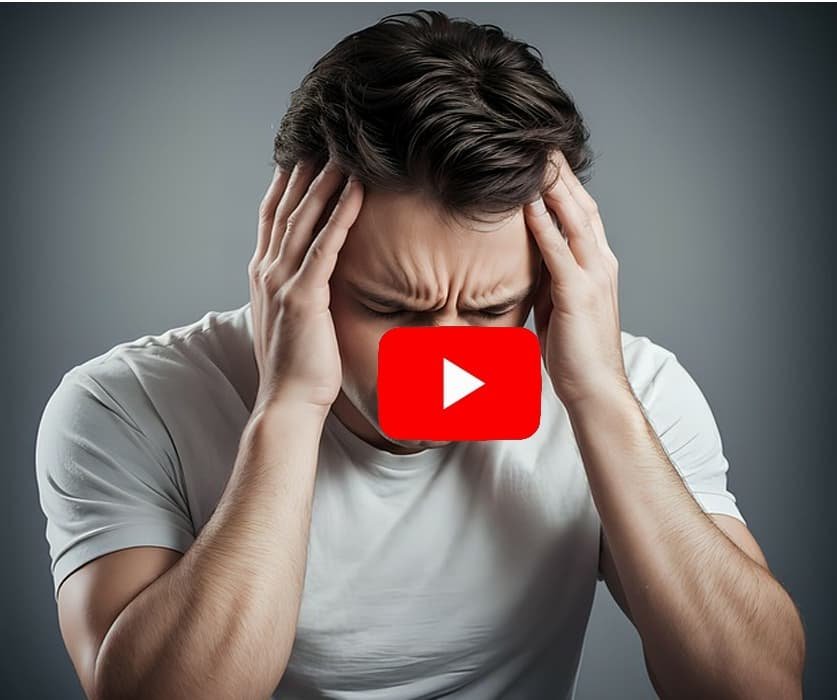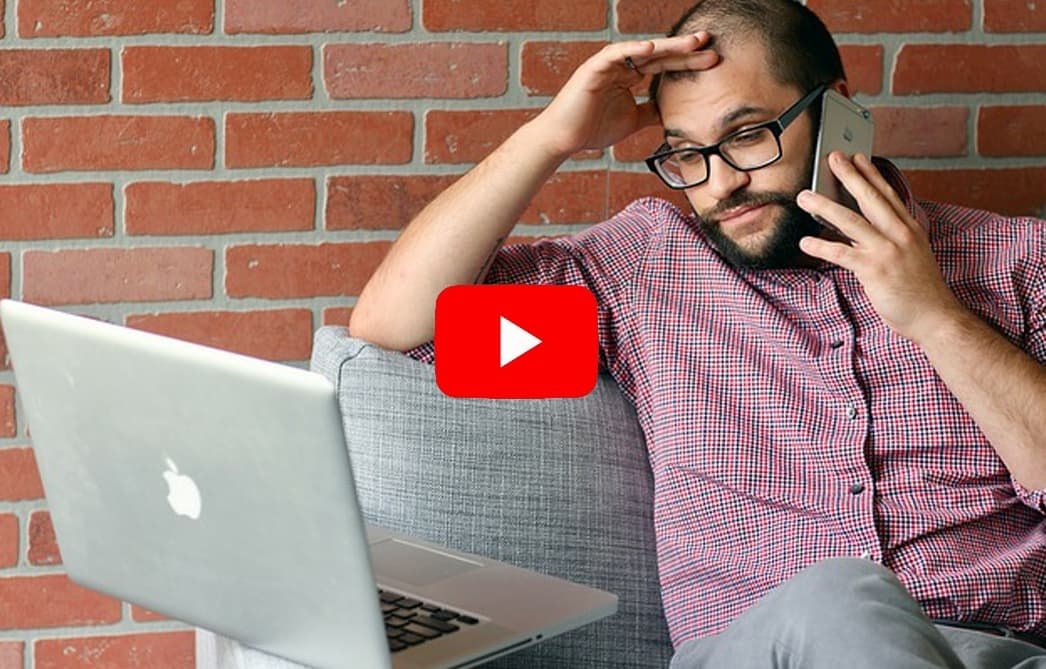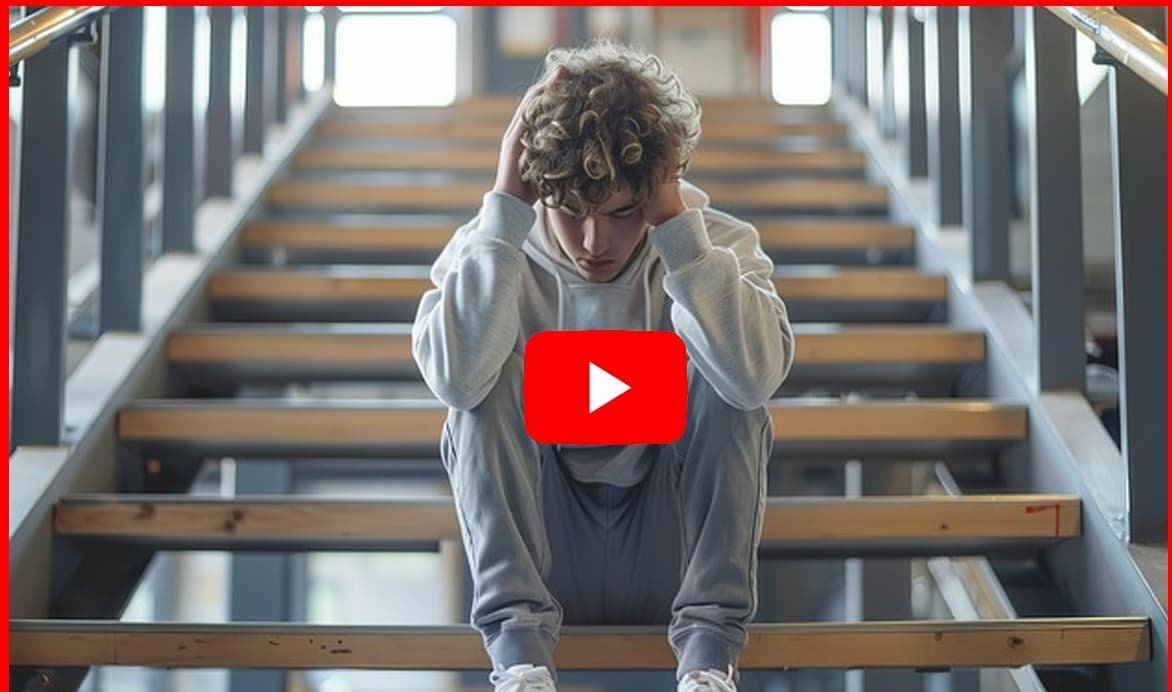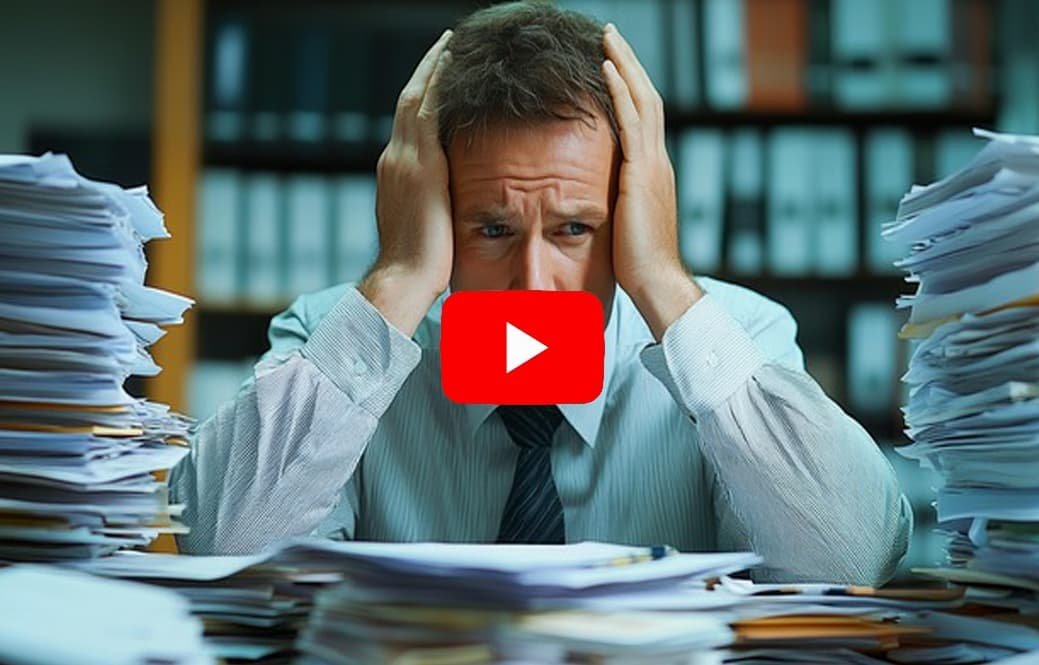Stress Management Techniques: Building Resilience and Enhancing Well-Being
In today’s fast-paced, constantly connected world, stress has become an almost inevitable part of daily life. While a certain level of stress can motivate action and performance, chronic stress can take a serious toll on mental, emotional, and physical health. Developing effective stress management techniques is essential for fostering resilience, maintaining balance, and regaining a sense of control amidst life’s pressures. These strategies range from cognitive approaches that reshape thinking patterns to physical activities and relaxation practices that release tension and restore equilibrium.
Proactive Stress Management: Prevention Over Reaction
The foundation of effective stress management lies in adopting proactive strategies. Instead of merely reacting to stress as it arises, preventive techniques help reduce the impact of stressors before they escalate. Time management is central to this approach. In a world dominated by multitasking and constant notifications, organizing tasks, setting realistic goals, and creating clear boundaries between work and personal life can dramatically reduce feelings of overwhelm. Breaking complex projects into manageable steps and prioritizing high-impact tasks fosters a structured, orderly environment that minimizes unnecessary stress.
Cognitive Strategies: Reframing and Positive Outlook
Another powerful stress management tool is cognitive reframing. This involves consciously interpreting challenges as opportunities for growth rather than insurmountable threats. By shifting perspective, individuals can reduce emotional reactivity, cultivate hope, and approach difficulties with confidence. While it requires practice and patience, reframing negative thought patterns ultimately strengthens resilience and empowers people to respond constructively to life’s pressures.
Physical Activity: The Body’s Natural Stress Reliever
Exercise is a cornerstone of stress management, offering both immediate and long-term benefits. Physical activity—whether walking, yoga, swimming, or more vigorous forms of exercise—stimulates the release of endorphins, the body’s natural mood enhancers. This not only alleviates anxiety but also promotes feelings of well-being and happiness. Beyond mental benefits, regular exercise improves sleep quality, boosts energy levels, and strengthens overall physical health, creating a positive feedback loop that enhances resilience against future stressors.
Social Support: Strength in Connection
Strong social support networks play a crucial role in managing stress. Connecting with friends, family, or support groups provides emotional comfort, guidance, and a sense of belonging. Sharing challenges, seeking advice, and receiving empathy can lighten emotional burdens and reduce feelings of isolation. Social connections act as buffers against stress, offering perspective, reassurance, and practical assistance during difficult times.
Relaxation Techniques: Calming the Mind and Body
Relaxation exercises are practical, accessible tools for regulating stress. Techniques such as deep breathing, progressive muscle relaxation, and guided visualization help calm the nervous system and promote mental clarity:
-
Deep breathing: Slow, controlled inhalations through the nose and gentle exhalations through the mouth signal the body to relax, lowering heart rate and blood pressure.
-
Progressive muscle relaxation (PMR): Systematically tensing and relaxing muscles helps release physical tension and encourages a calm mental state.
-
Visualization: Imagining serene environments—like a quiet beach or forest—shifts attention away from stressors, fostering feelings of safety and peace. Combining visualization with deep breathing amplifies relaxation.
Mindfulness Meditation: Cultivating Present-Moment Awareness
Mindfulness meditation involves observing thoughts, emotions, and bodily sensations without judgment. Regular practice enables early recognition of stress triggers, reduces automatic reactions, and develops a non-reactive mindset. Over time, mindfulness improves emotional regulation, diminishes rumination, and enhances mental resilience. It serves as both an immediate tool for stress relief and a long-term strategy for cultivating calm and clarity.
Integrating Techniques into Daily Life
Consistency is key. Stress management strategies are most effective when tailored to individual preferences and routines. For example:
-
Morning meditation or breathing exercises to set a calm tone for the day
-
Short relaxation breaks during work to prevent tension from accumulating
-
Evening reflection or visualization to unwind before sleep
Building a personalized toolkit of these techniques ensures flexibility, allowing individuals to respond adaptively to daily stressors.
Conclusion
Mastering stress management is not about eliminating stress entirely—it’s about developing habits that support mental clarity, emotional balance, and physical health. By combining cognitive strategies, physical activity, social support, relaxation techniques, and mindfulness, individuals cultivate resilience and a sense of control over their lives. Over time, these practices foster a thriving, balanced, and well-rounded life, equipping individuals to navigate challenges with confidence, calm, and clarity.
Relaxation Techniques for Stress: How Relaxation Methods Alleviate Tension and Promote Mental Clarity
Relaxation techniques are powerful, evidence-based tools designed to counteract the physical and psychological effects of stress. When we encounter stressors, the sympathetic nervous system is activated, triggering the “fight-or-flight” response. This natural reaction increases heart rate, accelerates breathing, tightens muscles, and releases stress hormones such as cortisol. While essential for acute danger, chronic activation of this system can lead to health problems like hypertension, weakened immunity, and mental health challenges.
Relaxation methods work by activating the parasympathetic nervous system, the body’s natural relaxation response, helping restore balance, calm the mind, and improve mental clarity.
Deep Breathing Exercises
One of the simplest yet most effective relaxation techniques is deep breathing. By consciously controlling the breath—slowly inhaling through the nose, holding briefly, and exhaling gently through the mouth—heart rate and blood pressure decrease. This signals the brain to relax and eases tension throughout the body.
Regular practice of diaphragmatic breathing strengthens the body’s ability to respond to stress adaptively, reducing the intensity and duration of stress reactions over time. Deep breathing can be done anytime, anywhere, making it a practical tool for both acute stress moments and daily maintenance of calm.
Progressive Muscle Relaxation (PMR)
Progressive muscle relaxation involves systematically tensing and relaxing different muscle groups, typically moving from the toes to the head. This technique not only releases physical tension but also enhances body awareness, deepening the mind-body connection.
As muscles relax, the mind follows, promoting tranquility and reducing anxiety. Practicing PMR in a quiet, comfortable environment allows for full focus on bodily sensations, maximizing the relaxation experience.
Visualization and Guided Imagery
Visualization (or guided imagery) is the practice of imagining peaceful, calming scenes—such as a serene beach, a lush forest, or a quiet mountain retreat. This mental escape diverts attention from stressors and engages the imagination to evoke feelings of safety, calm, and relaxation.
Combining visualization with deep breathing amplifies the effect, creating a powerful synergy that calms the nervous system. Over time, regular practice strengthens the brain’s association between these peaceful mental images and a state of physiological calm.
Mindfulness Meditation
Mindfulness meditation is a relaxation technique that involves observing thoughts, feelings, bodily sensations, and the environment without judgment. By paying deliberate attention to the present moment, individuals develop awareness of stress triggers and learn to respond rather than react.
Consistent mindfulness practice offers multiple benefits:
-
Reduces emotional reactivity and rumination
-
Enhances emotional regulation and resilience
-
Lowers cortisol levels and improves sleep quality
-
Fosters compassion, empathy, and a balanced mental state
Mindfulness strengthens the mind’s capacity to maintain calmness, even in challenging situations, making it a cornerstone technique for long-term stress management.
Integrating Relaxation Techniques into Daily Life
The key to benefiting from relaxation methods is consistency and patience. Even a few minutes each day can yield significant improvements in mental clarity, emotional stability, and overall well-being. These techniques are both immediate stress-relief tools and long-term resilience builders, empowering individuals to face daily challenges with greater ease, clarity, and calm.
By incorporating deep breathing, PMR, visualization, and mindfulness into daily routines, anyone can cultivate a sense of inner peace, restore balance, and support a healthier, more fulfilling life.
🏆 Say Goodbye to Stress: Choose the Right Solution for a Calmer You
Mindfulness Stress Reduction: Cultivating Present-Moment Awareness to Alleviate Stress and Enhance Emotional Well-Being
Mindfulness stress reduction is a transformative practice rooted in ancient contemplative traditions and supported by modern neuroscience. It emphasizes cultivating present-moment awareness without judgment, enabling individuals to observe internal and external experiences with openness and curiosity. In a world dominated by distractions, rapid information flow, and constant demands, mindfulness provides a vital pathway to reconnect with oneself and develop a deeper understanding of thoughts, emotions, and bodily sensations.
Understanding Mindfulness
At its essence, mindfulness involves paying deliberate attention to the here and now—observing thoughts, feelings, bodily sensations, and surroundings with acceptance and curiosity. This non-reactive awareness allows individuals to recognize stress triggers early, preventing automatic, often unhelpful reactions. By perceiving stress as a temporary mental event rather than an intrinsic part of oneself, mindfulness creates space for adaptive responses and transforms how stress impacts mental health.
Mindfulness Practices
Mindfulness can be cultivated through both formal and informal practices:
-
Formal meditation: Sitting quietly, focusing on the breath or bodily sensations, and gently redirecting attention whenever the mind wanders.
-
Informal activities: Mindful eating, walking, or listening—bringing full attention and presence to everyday actions.
Even brief, consistent sessions help develop a stable, attentive mind capable of handling stress with greater equanimity and clarity.
Scientific Benefits
Research shows that mindfulness reduces activity in the amygdala, the brain’s fear and stress center, while enhancing connectivity in prefrontal regions responsible for emotional regulation and executive functioning. These neural changes lead to:
-
Improved stress management
-
Reduced anxiety
-
Enhanced emotional resilience
-
Lower cortisol levels
-
Better sleep quality
-
Increased feelings of compassion and empathy
By rewiring the brain, mindfulness strengthens both mental health and social well-being, supporting a more balanced and harmonious life.
Integrating Mindfulness into Daily Life
Practical integration involves creating routines that fit individual preferences and schedules. Even short sessions of mindful breathing, body scans, or walking can produce meaningful benefits. Key principles include:
-
Consistency: Regular practice is more effective than occasional long sessions.
-
Non-judgment: Observe experiences without labeling them “good” or “bad.”
-
Adaptability: Mindfulness can be practiced in any setting—home, work, or outdoors.
Over time, mindfulness guides responses to stressors with calmness, clarity, and compassion, nurturing long-term emotional balance and resilience.
Beyond Individual Benefits
Mindfulness also cultivates self-compassion and social empathy, encouraging kindness toward oneself and others. This perspective enhances social connections, reduces feelings of isolation, and fosters a supportive environment conducive to overall well-being.
As mindfulness becomes a natural part of daily life, individuals experience a profound transformation—gaining resilience, emotional balance, and a deeper appreciation for the present moment that sustains mental health for the long term.
🏆 Say Goodbye to Stress: Choose the Right Solution for a Calmer You
YOU MAY ALSO LIKE:
Understanding Stress: The Complete Guide to Managing Your Well-Being
Stress Management Strategies for Better Emotional Well-Being
Mastering Stress: Proven Tips for a Calm and Focused Life
The Emotional Journey of Stress: How to Heal and Move Forward
Stress and Your Health: Why Stress Management Matters for Everyone
Stress Reduction Strategies for a Peaceful and Balanced Life
Proven Stress Management Techniques for a Healthier, Balanced Life
Stress and Its Universal Impact: Understanding the Power of Stress on Daily Life
Stress Relief Tips for Everyone: Simple Ways to Create Balance in Daily Life








